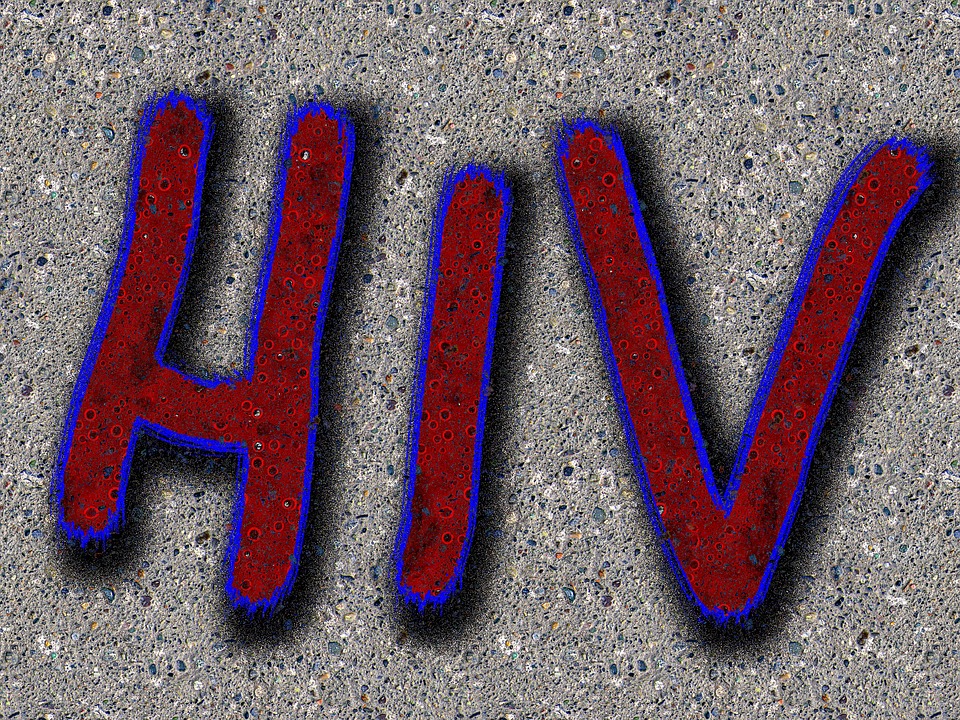There was a time when you didn’t live very long after being diagnosed with HIV. A new HIV diagnosis was considered a death sentence. Today, treatments have come so far that many people are finding themselves living decades after their diagnosis. In many patients, HIV does not develop into AIDS because of modern medicine. The Centers for Disease Control and Prevention estimate that about 26% of people living with HIV/AIDS are over the age of 55. While living longer with the infection is a huge triumph of medicine, it also brings more challenges as well.
Education About HIV is Key
Some older people are not as well educated about HIV infection as younger generations. This is because HIV education was not part of a normal sexual health curriculum until after the AIDS epidemic of the 1980s. HIV, or human immunodeficiency virus, is an infection that attacks the body’s immune system. If left untreated, HIV can lead to AIDS, or acquired immunodeficiency syndrome. HIV can make a person more susceptible to other infections.
Only certain bodily fluids can transmit HIV from one person to another. These fluids include blood, semen, pre-seminal fluid, rectal fluid, vaginal fluid and breast milk. These fluids must come in contact with a mucous membrane or damaged tissue or be directly injected into the bloodstream from a needle or syringe for transmission to occur. In the U.S. the most common forms of HIV transmission are through oral, anal and vaginal sex. Sharing intravenous drug equipment can also lead to transmission of the infection. It is less common for HIV to be transmitted through a blood transfusion due to current screening standards of blood donation.
Early Detection Can Help A Great Deal
According to the CDC, one of the largest challenges for older people in the United States when it comes to HIV is that diagnosis tends to occur much later in the course of the infection. This results in starting treatment later than normal which can, in turn, lead to more significant immune-system damage. Late diagnosis can occur because many health care providers do not always test older people for HIV infection. Also, older people may not consider themselves to be at risk of HIV infection or mistake HIV symptoms for those of normal aging. The CDC says that sexually active older people are just as at-risk for HIV infection as younger people.
There is also a great deal of stigma attached to HIV infection in older generations. Many health professionals believe that the addition of isolation in older people due to loss of friends and family tends to exasperate the negativity associated with HIV infection. This stigma directly affects the quality of life, self image and behavior of older people diagnosed with HIV. CDC studies have shown that older people are less likely to disclose their HIV status with new partners.
HIV Presents Unique Problems to Older People
Aging with HIV can also present unique challenges for preventing other illnesses because both age and HIV increase the risk for cardiovascular disease, bone disease and certain cancers. Many health professionals encourage older HIV patients and their care providers to maximize prevention efforts against these conditions. It is also important to remain vigilant in noticing early signs of infection.
Some medications can interact poorly with HIV treatments. There are a few common medicines among older Americans that are known to sometimes cause problems. These include medications for age-related illnesses like hypertension, diabetes, elevated cholesterol and obesity.
The important thing is to catch the infection as early as possible. Even for patients over the age of 55, early detection can lead to easier treatment and a longer and healthier life. The best way to know the current status of your sexual health is to have HIV testing performed. The CDC recommends that all sexually active people be tested at least once for HIV in their lifetime.
